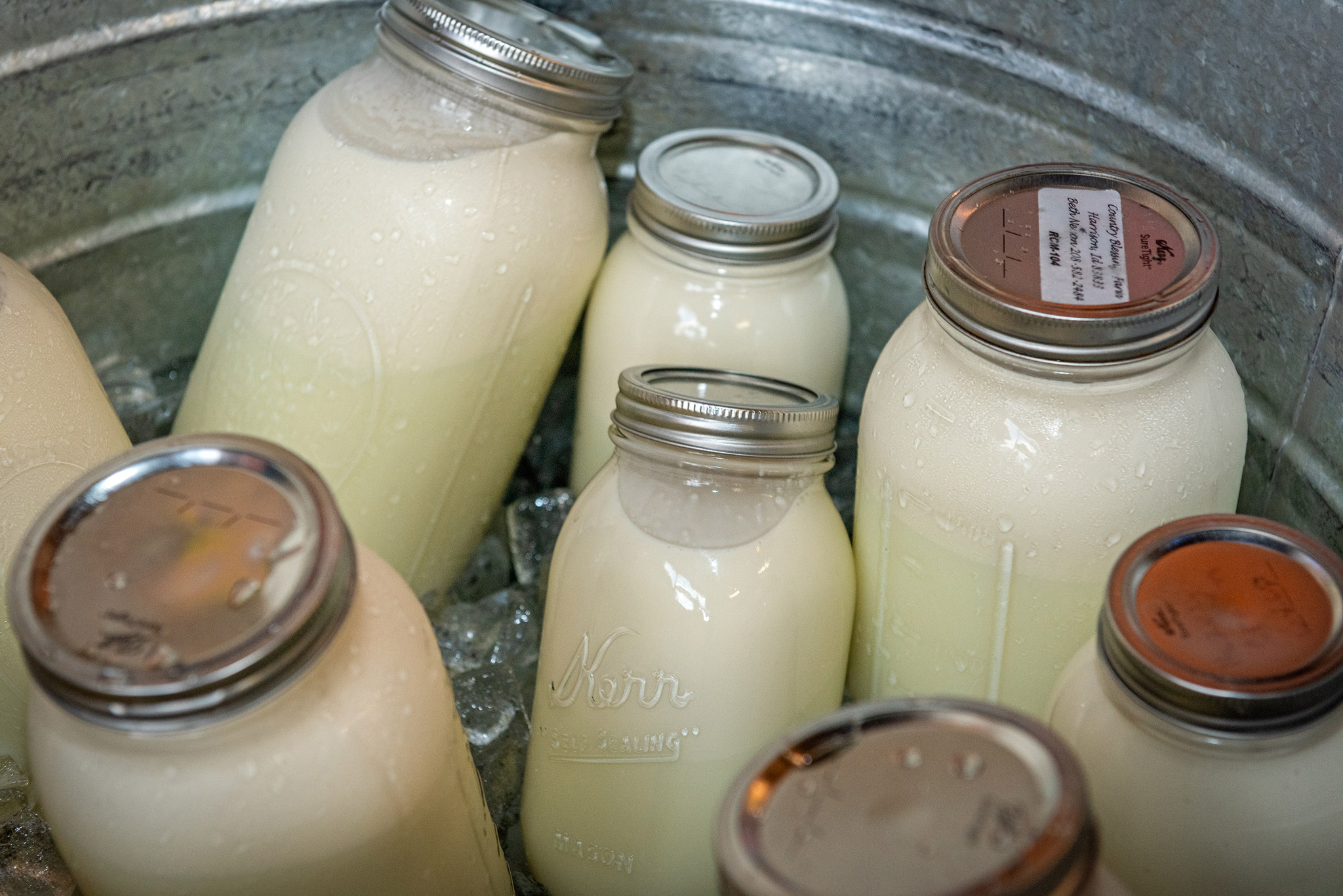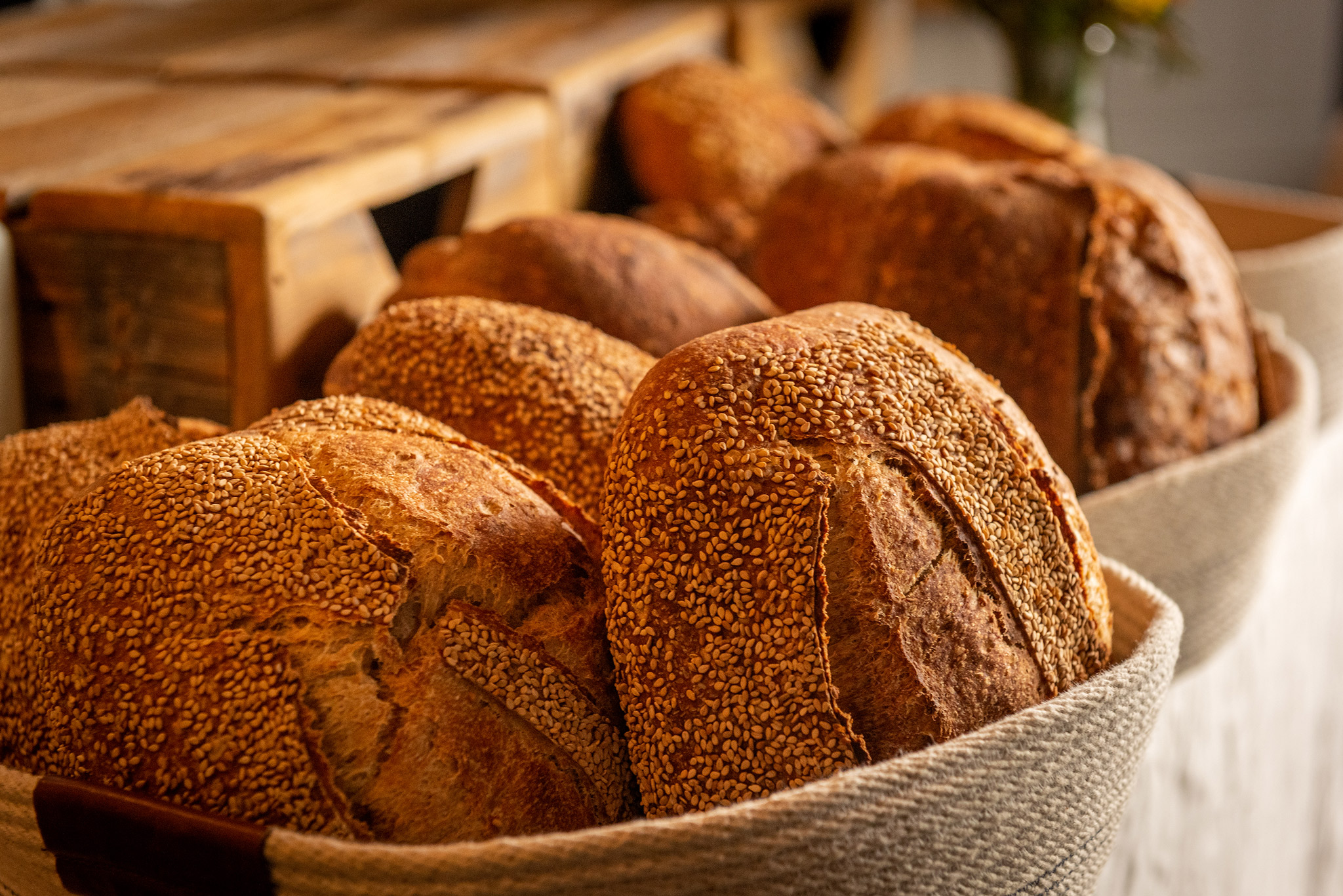Food. It’s one of three elements that sustain life. And, like water and air, it’s often taken for granted. We shop and cook and dine without much thought to where our food comes from and how it is produced. Convenience is often priority, and our food and drink industry rises to meet the demand.
Food is also emotional. We connect relationally, culturally and intimately over food and cooking. We have phrases like “comfort food” and “my go-to drink.” We crave, diet, portion, indulge, reward, deny, mourn, celebrate, review, resign, show love and seek acceptance through food. Our physical appearance is partially shaped by what we eat and drink, and our health and wellbeing rely heavily on our diet.
In fact, modern research has proven that food can act as medicine as well as disease, either healing or harming our bodies and minds. Whole foods, at their roots and stems, contain nutrients, amino acids, fats, fibers, antioxidants, vitamins and other components that can impact our physical and mental processes. Omega-3 essential fatty acids, especially those sourced from cold water fish, have been shown to be beneficial for memory, brain function and heart health. Dark berries like blueberries, cherries and acaiare linked to weight loss and lowered risk of heart disease and inflammation.
In recent years, with the health of the Earth, its processes, water, soil and air suffering from accumulated pollutants, a spotlight has turned onto food, where it comes from, how it’s produced, and how we can grow, shop and eat more sustainably for the sustenance of future generations.
It’s a big question, largely be-cause the environment, animals and humans rely on plants and natural resources for nourishment and balance.
“The environmental impact of our appetite for global resources has caused 90 percent of water stress and biodiversity loss, 50 percent of the impact of climate change, and one-third of our polluted air,” stated chair of the Forum for the Future of Agriculture, Janez Potoˇcnik, during his opening speech at the 2019 annual event.
Story continues after a quick message from our sponsor below.
WHAT FOOD ONCE MEANT
There was a time in antiquity when seeking, hunting, gathering, cooking and eating food was merely a mechanism of survival. However, as a human, I can imagine that we would not have the foods and flavors we have in modern times if people somewhere in our history had not exercised their imaginations and developed culinary skills.
Food was simpler and people found ways to make it last longer, particularly through the long months of winter when nothing grew in the frozen ground. They learned to store, cure, dry and preserve. They pooled their resources, saved seeds, battled with nature, nurtured what little they had and created communities around successful agriculture, ranching and fishing.

WHAT FOOD MEANS NOW
The cycles of history show us that greed for money, power and comfort eventually move in and push aside the essentials of existence, regardless of country, creed, culture or religion. Industry and technology boom. Our desire for more, right here, right now grows. And food, along with its home, the Earth, suffers in a multitude of ways.
Agriculture is the world’s largest industry. To increase production, farmers have been practicing in-tensive agriculture since the 1960s. This kind of agriculture uses a lot of money and labor to increase yields on smaller acreage. However, this practice impoverishes the soil and contaminates the environment.
Land use is considered a massive environmental factor. Natural habitat, plants, water and balance are destroyed or inhibited to make way for our appetites. The food that gets the most slack in this aspect is beef. A study conducted in 2014 and published by the U.S. National Academy of Sciences concluded that livestock production “is the largest use of land globally.” Significant environmental impacts also result from feed production, which consists mostly of corn and soy and are fed to stock at a caloric level sufficient to meet the calorie needs of four billion people.
Some of these agricultural factors may be unavoidable to a certain extent as the global population continues to grow, but how do we manage the damage and heal the earth? The same study estimated that we will need to grow at least 70 percent more food by 2050. And the cycle continues.
WHAT THE FUTURE OF FOOD COULD BE
Solutions for making our food systems more sustainable seem to develop more slowly than the escalation of risks, injuries and concerns. Technology hasn’t necessarily been a long-term friend to agriculture. In many ways, it has taken the heart and intention out of growing food and pushed out the farmers who cultivate with intention and work with the earth to benefit all of us.
Since the establishment of the Organic Food Production Act in 1990, organic production has been hailed as the answer to big agribusiness. It seems everyone has an organic brand of everything now, and we rely on the USDA to give us this healthier option. Yet, in August 2019, we witnessed the suicide of grain producer Randy Constant who had been sentenced to prison for a $142 million organic food scam considered to be the largest organic food con in U.S. history.

If we can’t necessarily trust USDA organic, what else is there? Technology has attempted to bring agriculture indoors and make it a mechanical operation, synthesizing sun, water and dirt. But the results are a larger carbon footprint and less nutrient value.
The local food movement is made up of people who choose foods that are grown or farmed in the area or region where they are sold and prepared. Initiated by the Agricultural Adjustment Act of 1933, local food initiatives are bolstering an alternative to the global food model and making it possible for small, sustainable farmers and producers to make a living and create a future for themselves, their families and our communities.
Eating locally produced foods and choosing seasonal produce is not a new idea. It heralds back to a time when we didn’t even have the choice between eating the squash growing outside our door or the bananas growing in Mexico. Here in the Inland Northwest, we have a rich agricultural heritage. We live in the midst of mountains, forests, lakes, rivers, ancient glacial plains and a wealth of fertile soil. Idaho is the second largest hop producer in the U.S., and Washington produces about 64 percent of the nation’s apples.
Eating local usually also means eating seasonal. Intermingling your diet choices with the changing sea-sons is an ancient practice rooted in Indian Ayurvedic tradition. Accord-ing to Ayurveda, cooking with foods produced by the land and the season that your body has already adapted to aids digestion, increases immunity, reduces seasonal allergies, provides more nutrient density and clears the mind.
Finally, vegan and vegetarian diets have become increasingly popular as environmental diet choices over the last decade, particularly in light of statistics surrounding the livestock industry and increasing studies on the effect massive meat consumption has on our bodies.
Practitioners like Dr. Joel Fuhrman, N.D. Michael Murray, Dr. Josh McDougall and Dr. T. Colin Campbell have presented a wealth of evidence that choosing a plant-based diet has the capacity to bring healing, both to us and to the planet. It increases our nutrient intake, brings relief to our organs and digestion, and reduces our environmental footprint.
The next time you shop, consider browsing the fresh departments on the outskirts of the aisles before picking boxes and processed foods off the shelf. It may be less convenient to cook more from scratch and seek out new, different recipes, but I assure you, you will find new comfort foods and feel more confident and healthy because of it. N
By S. Michal Bennett
Photography By Joel Riner



